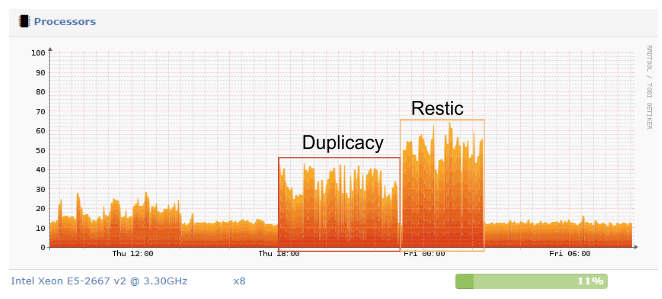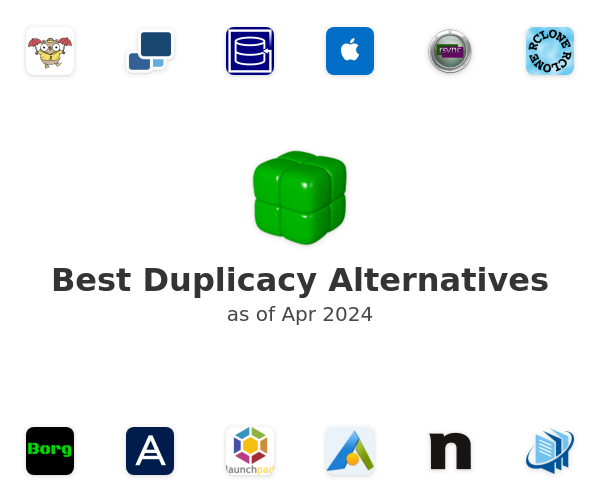


DUPLICATI VS DUPLICACY PLUS
ĭuplicacy worked more or less flawlessly from the beginning (though less technophile users may find it to complicated to use) plus it has a killer feature that I have not seen anywhere else so far: cross-source deduplication. With my crashplan subscription drawing closer to its definite end in April 2018, I decided to try yet another alternative: duplicacy. Unfortunately, I kept running into issues with duplicati (mostly having to do with the local database being corrupted and repair not working) and bug fixing went slow, as it is a hobby project for the developer. Because I did not like the existing support channels (gitter, google groups), I helped the developer set up a discourse-based support forum which has attracted a lot of users since its launch in August 2017, partly, I suppose, due to Crashplan announcing the end of its service for home users, many of whom explored duplicati as a possible crashplan alternative. In particular, I liked that it is open source and future proof in the sense that I would always be able to access my encrypted data, even in decades when duplicati may no longer be maintained. This is when I discovered duplicati 2 and although it was still in beta, it looked very promising.
DUPLICATI VS DUPLICACY SOFTWARE
He listened patiently to my problems and although he insisted that he has lots and lots of customers where the software works fine, I did manage to convince him to look at the issues I had (this is how it should be but not all developers/companies do that) and we managed to track down a couple of bugs but it seemed a neverending story and so I eventually decided to scrap syncovery and start looking anew, even though this entailed that I would probably have to pro-long my Crashplan subscription another year. So while my experience with the software was not so good in the end, I can only say good things about the support by the developer. Syncovery was very promising but I kept bumping into bugs and errors and I spend a hell of a lot of time helping the developer debug these problems and he actually ended up compensating me for some of that work. (Well actually you can change the source folder and the original stuff in the backup will remain but will no longer be backed up.) With SyncbackPro, the restore process seemed rather complicated and once a folder is selected as the source, you cannot add other folders to that backup job. Goodsync had crap customer service (reasonably fast response, but useless and not answering my question) and it was designed more for syncing than for backing up (although backing up is possible). Goodsync, Cloudberry and SyncBackPro were out pretty quickly :Ĭloudberry cannot handle backups larger than 1TB unless you buy the enterprise version for 300 USD. I spend a lot of time testing various solutions, including Arq, Goodsync, Cloudberry, SyncBackPro and Syncovery. Apparently it was in line with their Terms of Service, but deleting backups is not a goof thing to do for a backup company). I focused on software solutions that would allow me to back up to whichever storage I want so that I would be in better control of my data (Crashplan at some point deleted an entire backup of mine because the computer it was associated with hadn’t backed up anything for more than six months. But Crashplan turned out to be a memory hog (especially if you have a multi-terrabyte harddrive) and it was clear that I want a better solution so I started looking for an alternative in 2016, one year before the subscription was supposed to end. At the time, I bought into their four year family plan (=multiple computers) for 429.99 USD.

I have been using Crashplan as my backup tool since February 2015.


 0 kommentar(er)
0 kommentar(er)
